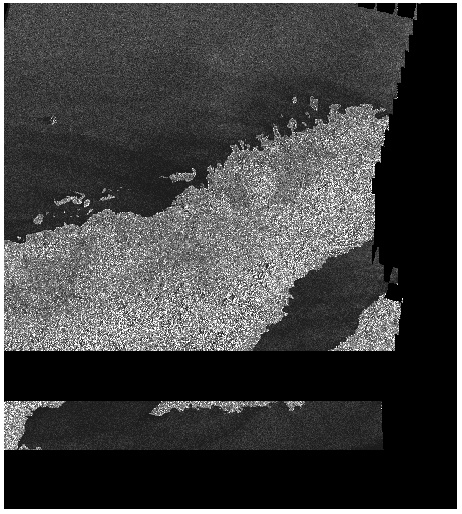Using SNAP 7.0 my standard processing graph (top leg of graph only) takes 10s of hours to run geocells touching the antimeridian, and a HUGE ~500 GB of memory. Other geocells complete in a few minutes, using <50 GB. This is likely because processing of an image crossing the antimeridian is wrapping the globe. I used a DEM trimmed 0.1 degree back from the antimeridian, and specified the Subset the same, in an attempt to avoid antimeridian issues, with out much success.

My most recent test resulted in correct geometry, but for the top part of the image it only processed the subswath entirely in the hemisphere. I believe that the black wedges are probably related to Terrain Flattening Black Areas and may be fixed by increasing Terrain-Flattening additionalOverlap. I will be running more areas and tests as time permits, and will process each step instead of running the graph.
Source image (horizontally flipped):

